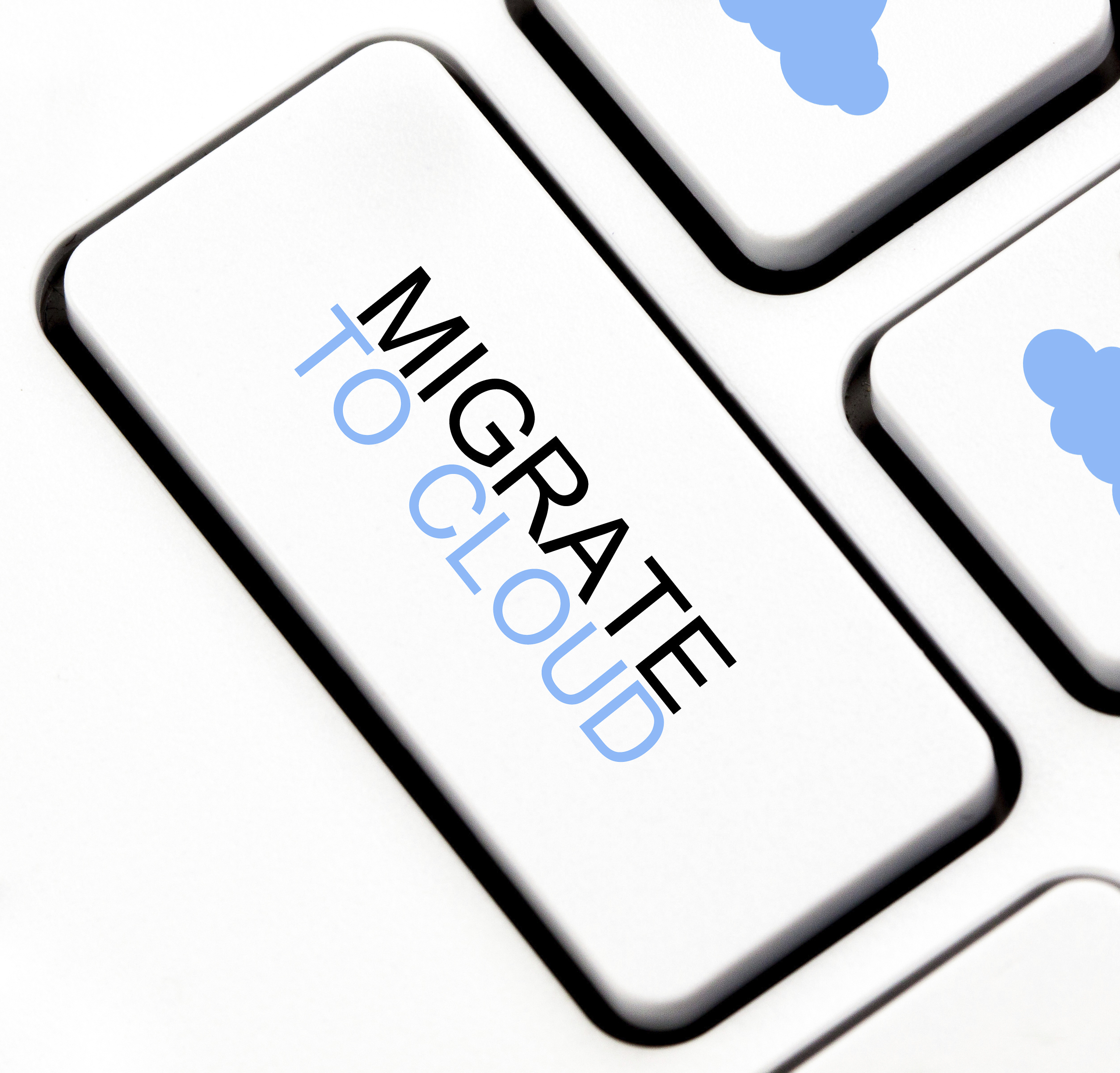This blog is an excerpt from our recent Industry Perspective, “Government in the Cloud: Strategies for Deploying & Migrating to Office 365.” To download the full brief, click here.
We know that public and private clouds are a smart investment for government. Recently, hybrid cloud technology was identified as one of the top 10 strategic technology trends for government. If government wants to improve innovation and collaboration, agencies need to get on board with the great cloud migration.
As government agencies move to the cloud for increased collaboration, communication and ease of file-sharing, questions arise about the best platforms to use. More agencies may lean toward Microsoft platforms today because they can use familiar Office tools. Such services also offer the higher levels of security government needs.
The way of the future is not just any cloud, but Microsoft Office 365, a hosted service that provides subscribers with access to various productivity and collaboration applications via the Internet.
But why should government agencies choose Office 365 over other cloud services? For government, it provides:
- Familiarity: The ability to run familiar Office applications in the cloud.
- Security: Increased control of what’s shared and what content is created.
- Cost efficiency: Lower price points compared with other platforms.
Although government adoption of Office 365 is growing, a core challenge remains: How do government agencies migrate from traditional services to cloud platforms such as Office 365? Government agencies attempting to do this on their own may encounter many problems with the process. Additionally, migrating your agency to the cloud may take months or even years.
That’s why Metalogix is committed to making the migration less complex and time-consuming by easing government agencies’ cloud transitions to Office 365.
Metalogix provides industry-recognized management tools for mission-critical platforms. For more than a decade, the company has developed trusted management tools for both cloud-based and on-premises platforms such as Microsoft SharePoint and Office 365. Metalogix helps organizations in both the public and private sectors monitor, migrate, store, synchronize, archive, secure and back up collaboration platforms.
Setting Up for Successful Deployment
Metalogix Essentials for Office 365 helps agencies easily migrate to Office 365 and manage content and user permissions post-migration. Essentials for Office 365 reduces your administrative workload while ensuring your cloud deployment remains secure and efficient. Before beginning your migration, it’s important to keep these best practices in mind:
- Determine which version is right for you. There are different versions of Office 365 available at different subscription levels and each offers unique services. Begin by mapping out your agency’s requirements and comparing them to your options.
- Ask questions ahead of time. Know where you’re coming from. Does your migration path originate from Google services or older versions of SharePoint? Does it include documents created with older versions of Microsoft Word or other programs? Asking such questions will help you establish a baseline when moving forward.
- Conduct a content inventory. Clean up your organization’s content before you make a move. Identify what you have and where it exists, then determine where it flows through your agency. This will help you organize, define and clean out excess content. It also gives you a better understanding of who needs permission to access what.
- Outline processes. Determine which processes you’re currently using and which ones should be moved to Office 365. Not everything can or needs to be migrated, and knowing this in advance will save you a lot of time and stress.
- Ensure security requirements. This is especially important for government. State and local regulations may sometimes be more specific than federal. Regardless, you need to make sure that you meet such requirements throughout the process of your agency’s migration.
- Set up an agency-wide adoption plan. Create a rollout program that includes training to equip users in your agency to use Office 365 and its key features. Help users understand how the service will allow them to do their jobs better and be more productive.
- Back up your data. Always, always, always back up your data. Use multiple storage devices. While Microsoft offers a limited backup, data is only kept for a short amount of time and takes up to 3 days to restore. So agencies should back up in other locations, just to be safe. Use on-premises locations, local machines or other cloud storage solutions.
- Monitor, manage and control. Migrating and deploying Office 365 is only the beginning of your journey. Monitoring and managing your services is a continuous job. Be sure to check in regularly with IT and other managers of your cloud services.
With Office 365, government agencies can manage, tag and control their content while leaders can control access through administrative interfaces. Microsoft Office 365 in government offers mobility for employees to work in the field, at home or on the road. The service can enhance collaboration when employees need to work with others outside and inside their organization. And, finally, government organizations can keep their most sensitive data safe by being able to control who has access to it and when and how individuals can share it.
The cloud is the way of the future, and with Office 365, government can catch up with cloud trends and fulfill its role as a leader and driver of change.





Leave a Reply
You must be logged in to post a comment.